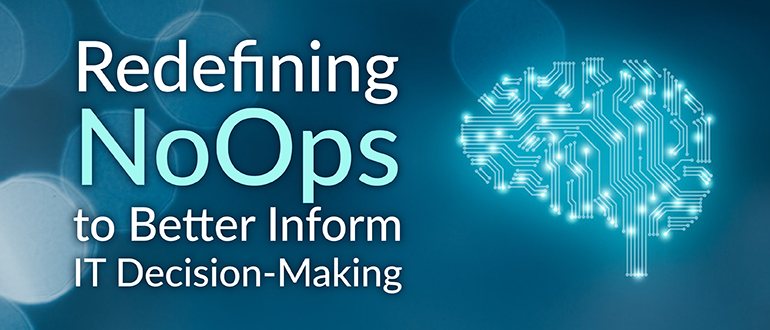
Are you tired of constantly monitoring and managing your applications? Do you want to focus on innovation and development rather than infrastructure? If so, then NoOps may be the solution you’ve been looking for.
NoOps, short for “no operations,” is a methodology that allows developers to focus solely on creating and improving applications without worrying about the underlying infrastructure. In this article, we will discuss how to implement NoOps in your organization and the benefits it can bring.
What is NoOps?
Before we dive into the implementation process, let’s first define what NoOps is and what it entails.
Traditionally, DevOps (short for “development and operations”) has been the go-to methodology for managing applications. It involves collaboration between development and operations teams to ensure that applications are developed and deployed efficiently and effectively.
NoOps takes this a step further by eliminating the need for operations teams altogether. Instead, developers are responsible for every aspect of the application lifecycle, from development to deployment and maintenance.
The Benefits of NoOps
Implementing NoOps can bring numerous benefits to your organization, including:
Increased Efficiency
With NoOps, developers can focus solely on developing and improving applications, without worrying about infrastructure. This can lead to faster development cycles and quicker time-to-market for your products.
Lower Costs
By eliminating the need for an operations team, you can reduce overhead costs associated with managing infrastructure. This can lead to significant cost savings for your organization.
Improved Scalability
NoOps allows for more agile and flexible infrastructure, making it easier to scale applications as needed. This can help your organization adapt to changing business needs and customer demands.
Better Innovation
With more time and resources dedicated to development, your organization can focus on creating innovative products that stand out in the market.
How to Implement NoOps
Now that we’ve covered the benefits of NoOps, let’s discuss how to implement it in your organization. Here are some steps you can take:
Step 1: Define Your Goals
Before you start implementing NoOps, it’s important to define your goals and objectives. What are you hoping to achieve with this methodology? What are your key performance indicators (KPIs)?
Once you have a clear understanding of your goals, you can start developing a plan to achieve them.
Step 2: Assess Your Current Infrastructure
Next, you need to assess your current infrastructure and identify areas that need improvement. This can include:
- Automating manual processes
- Optimizing resource allocation
- Improving monitoring and alerting systems
By identifying these areas, you can develop a plan to address them and streamline your infrastructure.
Step 3: Adopt the Right Tools
To implement NoOps successfully, you’ll need the right tools and technologies. This can include:
- Cloud-based platforms
- Automation tools
- Containerization technologies
By adopting these tools, you can automate processes and streamline your infrastructure, making it easier to manage.
Step 4: Train Your Developers
NoOps requires a shift in mindset and skillset for developers. They need to have a deep understanding of infrastructure and be able to manage it effectively.
To ensure your developers are prepared for this shift, you’ll need to provide training and resources to help them build the necessary skills.
Step 5: Continuously Improve
Finally, it’s important to continuously monitor and improve your NoOps implementation. This can include:
- Analyzing performance metrics
- Gathering feedback from developers and stakeholders
- Identifying areas for improvement
By continuously improving your NoOps implementation, you can ensure that it’s meeting your goals and delivering the expected benefits.
Conclusion
Implementing NoOps can be a challenging task, but the benefits it can bring to your organization are well worth the effort. By following the steps outlined in this article, you can successfully implement NoOps and focus on what really matters – developing innovative, high-quality applications.
Email- contact@devopsschool.com

 Starting: 1st of Every Month
Starting: 1st of Every Month  +91 8409492687
+91 8409492687  Contact@DevOpsSchool.com
Contact@DevOpsSchool.com
